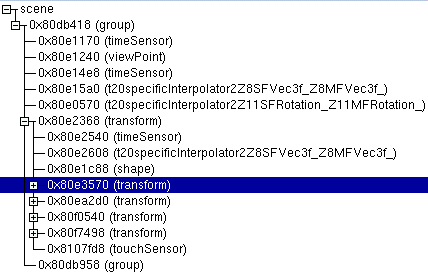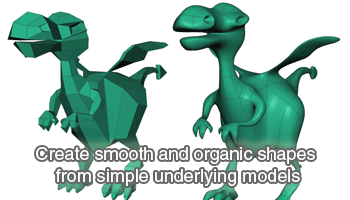

To edit these files, use MeshTool, a command-line tool to build base meshes from raw data. WED is not used to edit base terrain meshes, the files which give shape to terrain in X-Plane.

This means that the format will not change as we develop new scenery technology. Since X-Plane 8, the format can represent almost anything. With X-Plane 7, to implement new features with the scenery, the format had to change. The X-Plane 8/9/10 scenery file formats differ from the old X-Plane 7 formats in that they are open-ended they can represent almost any configuration of scenery as long as a tool can create it.
Ac3d bounding box code#
If you are a programmer interested in working with the scenery, we recommend working within the source code bases for these tools, as they already solve a number of problems relating to in-memory storage and processing of the new scenery. The new scenery generation tools make extensive use of open source libraries in order to comply with those licenses and to give back to the open source communities that make the new scenery possible, all of the new scenery tools have been released in source code as well as binaries.


In addition to these custom objects, custom terrain textures may be used to create orthophoto-style scenery. These objects are most commonly buildings, but they could be houses, airplanes, or even people-X-Plane doesn’t know the difference. Objects (in the form of OBJ files) can be placed at any location. Custom scenery is stored in packages, or folders which contain all relevant files. In our scenery system, the world is divided into 1 degree latitude by 1 degree longitude tiles, each one of which is defined by one file. This includes object files for describing buildings, network files for describing road patterns, forest files for describing vegetation, and so on.
Ac3d bounding box simulator#
Scenery in the X-Plane desktop simulator is made up of both scenery files (DSF files) and text files that describe the various entities in the scenery package.
Ac3d bounding box install#
These scenery packages can be even be distributed on the Internet so that anyone using the X-Plane desktop simulator can download and install them. This model of My Town, USA could then be easily incorporated into the X-Plane simulator so that upon flying from Neighboring Town, USA into My Town, the scenery seamlessly and transparently moves into the super realistic scenery. This means that, with a little ambition, a home user with no programming experience could design, say, a realistic version of their home town. X-Plane is designed specifically to enable users to create and modify scenery themselves. Scenery in the X-Plane simulator can include essentially everything outside the aircraft. Introduction and Setup Introduction to Scenery Development in X-Plane What the Scenery System Does


 0 kommentar(er)
0 kommentar(er)
